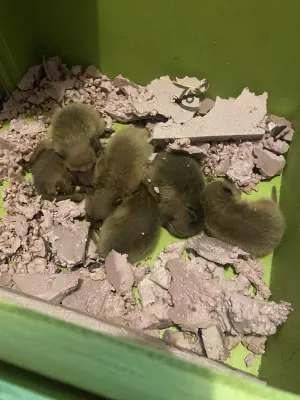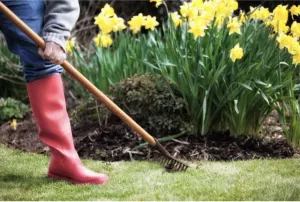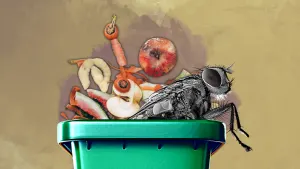
Not just humans: honeybees practice social distancing, too
Researchers find bees have evolved to minimize the impact of harmful pathogens and parasites.
It turns out people aren't the only ones who practice social distancing as a protective measure against contagious infections.
Honeybees do it too, according to a new paper in the journal Science Advances, which found honeybees will modify their behaviour in response to a harmful parasite, increasing the social distance between young and old bees.
"Honeybees are a social animal, as they benefit from dividing up responsibilities and interactions such as mutual grooming, but when those social activities can increase the risk of infection, the bees appear to have evolved to balance the risks and benefits by adopting social distancing," Co-author Dr. Alessandro Cini of the UCL Centre for Biodiversity & Environment Research, UCL Biosciences said in a statement.
For their paper, scientists compared bee colonies infected with the Varroa destructor parasite against those that were not.
"Honeybee colonies are organized into two main compartments: the outer one occupied by the foragers, and the innermost compartment inhabited by nurses, the queen, and brood," the study's authors said in a statement.
"This within-colony spatial segregation leads to a lower frequency of interactions between the two compartments than those within each compartment and allows the most valuable individuals (queen, young bees, and brood) to be protected from the outside environment and thus from the arrival of diseases."
Gif created by Cheryl Santa Maria. Image credits: Bees (left to right): Canva Pro, Brett_Blignaut/Getty Images Pro. Background: Pollydot/Pixabay.
In infested colonies, researchers found that older bees will move toward the outside of the colony, while younger bees move toward the centre, increasing distance between the two groups.
Lead author Dr. Michelina Pusceddu of the Dipartimento di Agraria from the University of Sassari) said the findings demonstrated the "somewhat surprising" way honeybees have evolved in response to parasites.
"Honeybee colonies provide an ideal model for studying social distancing and for fully understanding the value and effectiveness of this behaviour," Dr. Pusceddu added.
The Varrora mite attacks some species of honeybees by attaching to a bee and sucking on its fat bodies. It can result in several diseases, with large infestations sometimes resulting in the death of an entire colony.







